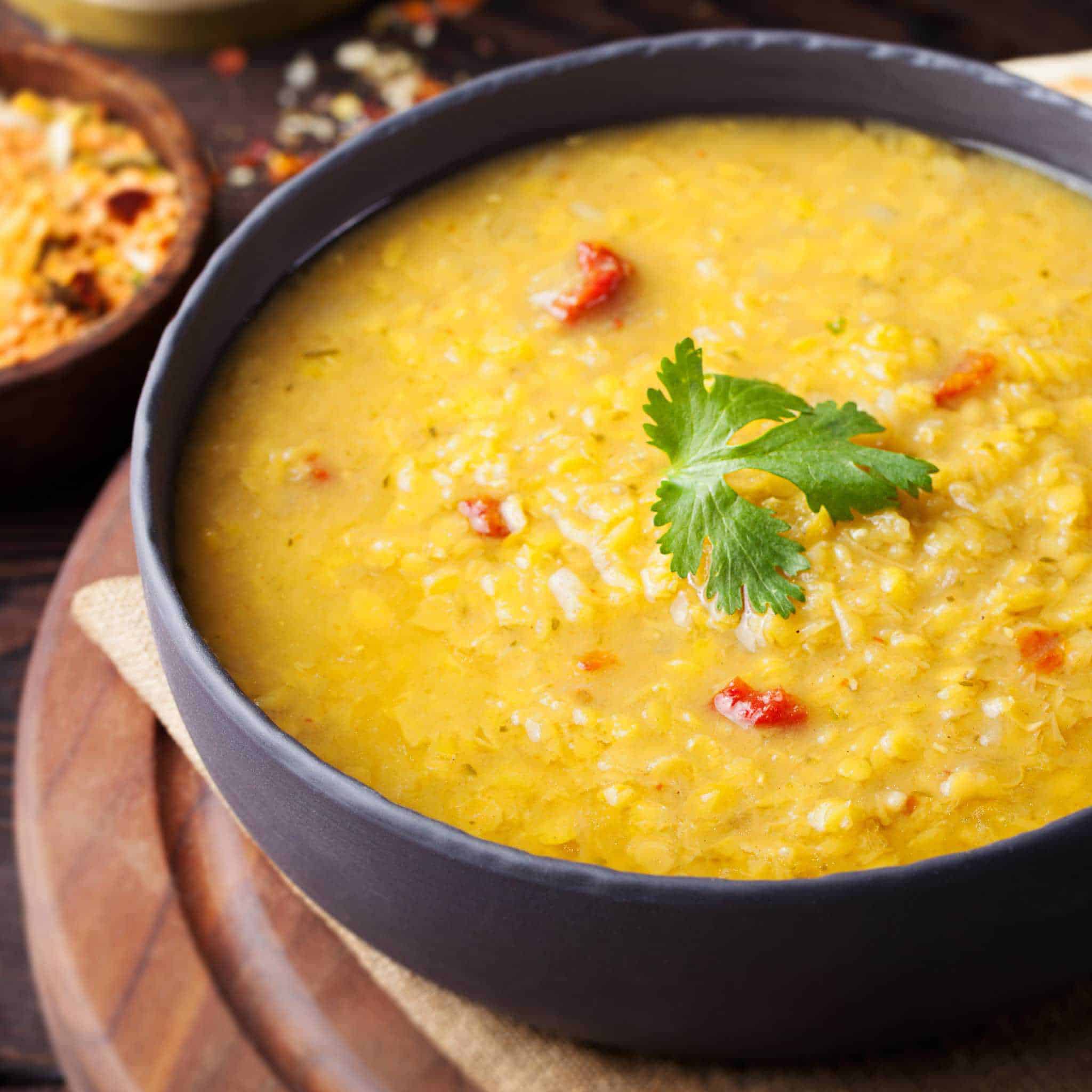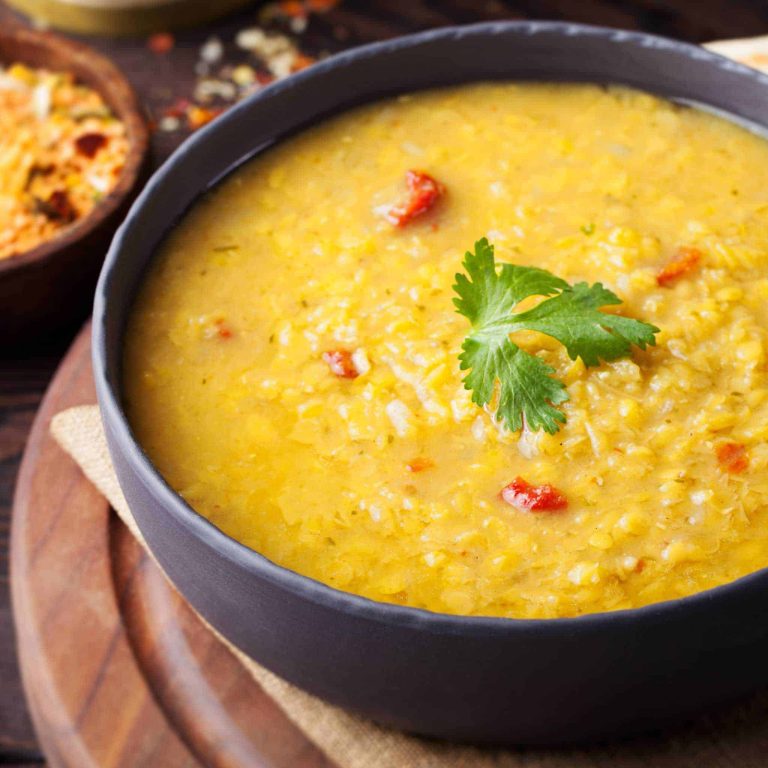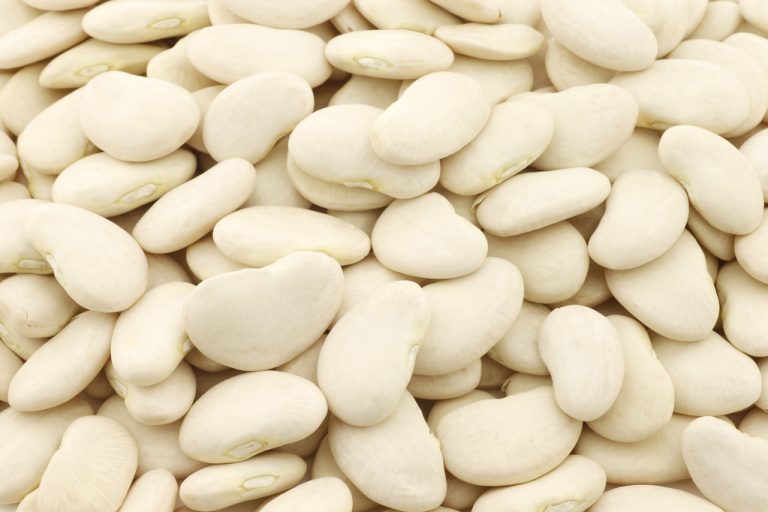Lima beans are particularly large white or dark speckled beans. Thanks to the valuable nutrients and high protein content, lima beans are very healthy.
Lima bean: origin and cultivation
Lima beans (also moon or giant beans) belong to the legume family and are native to the Andes and Central America. According to the University of Giessen, the crop was already cultivated there by the Incas. Later, the bean was also cultivated further north in Mexico and the United States. A warm climate is a prerequisite for successful cultivation, which is why lima beans are hard to find in Central Europe.
Today, the bean is also grown in India and Africa on a larger scale and exported to Europe in dried form. It is also cultivated to a lesser extent in Italy and southern France, so it is always worth checking the indication of origin when purchasing.
Lima beans have an oval shape and are one to three centimeters long, with each pod usually containing two to four seeds. A distinction is made between two subspecies: in addition to the larger lima bean, the slightly smaller sieva bean is also grown (sometimes also known as the moon bean). However, the two variants differ little in taste and use.
Nutritional values of the protein-rich lima bean
100 grams of cooked and salted lima beans contain the following nutrients:
Calories: 72 calories
Carbohydrates: 13.6 g
of which sugar: 0.8 g
Fiber: 2.4 g
Protein: 2.4 g
Fat: 0.4g
18 mg calcium
0.8 mg iron
170 mg of potassium
240 mg sodium
Hydrocyanic acid in lima beans: be careful with dark beans
Lima beans are found white in color or mottled dark. According to the University of Gießen, dark speckled lima beans contain linamarin – a cyanogenic glycoside from which toxic hydrocyanic acid can form. In contrast, the substance is hardly present in the white beans, which is why you can consume them without hesitation. You must boil dark lima beans before eating them and pour away the cooking water. White beans are therefore predominantly available on the market.

Flavor and uses of lima beans
The beans have a mild flavor and are mealy and soft after cooking. They are well suited as the main ingredient in hearty stews or soups. But the legumes also taste great on their own as a filling side dish. Since the beans keep their shape after cooking, you can also use them to make bean salad.
If you use dried beans, you should soak them overnight. This significantly reduces the cooking time. You can use the soaking water for cooking because it contains valuable vitamins and minerals. Dried beans are also great for stocking up on. Legumes can be kept for a year or more if stored in a cool, dry place. If they have exceeded their shelf life, you can tell by the fact that the beans are not soft even after the cooking time.






